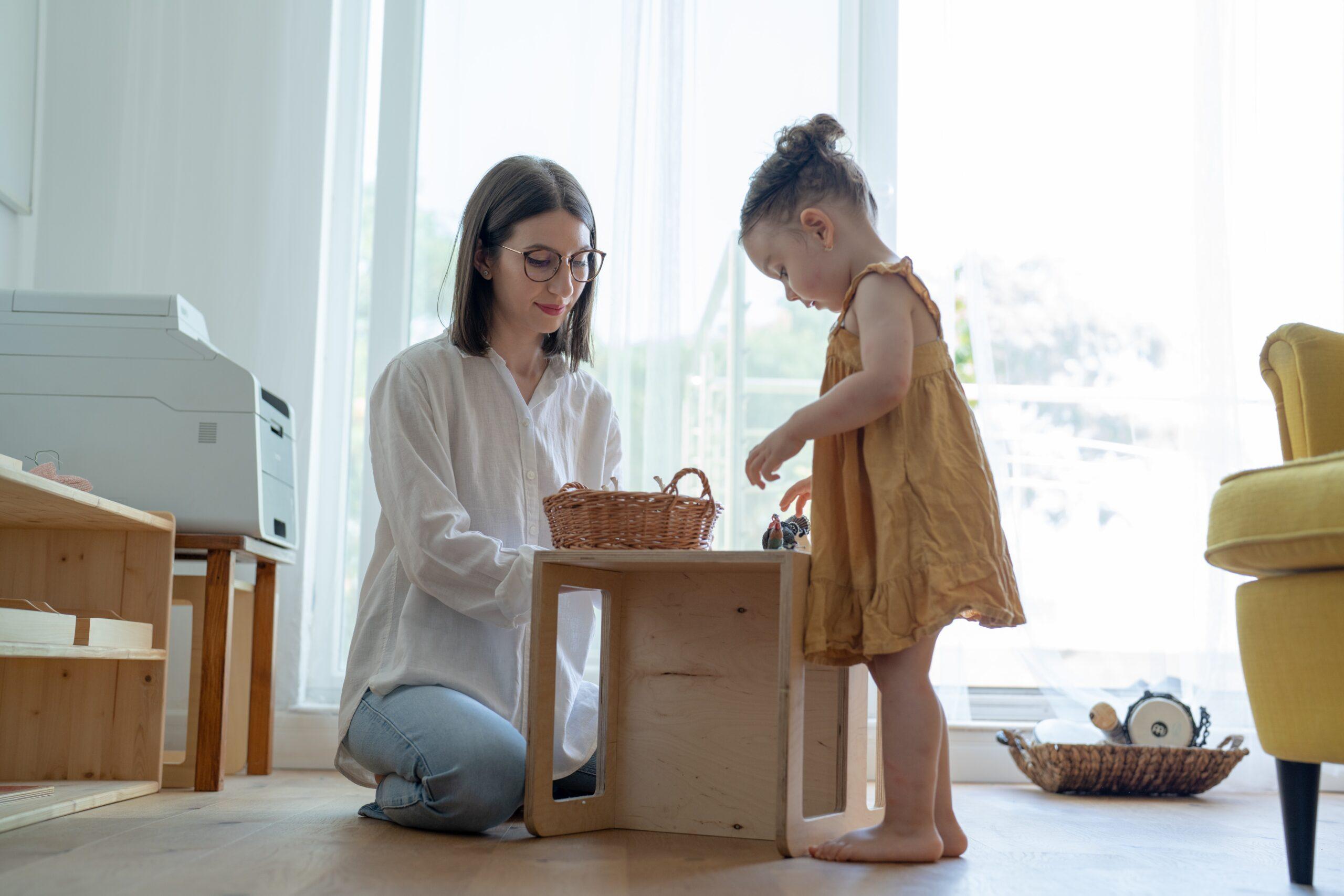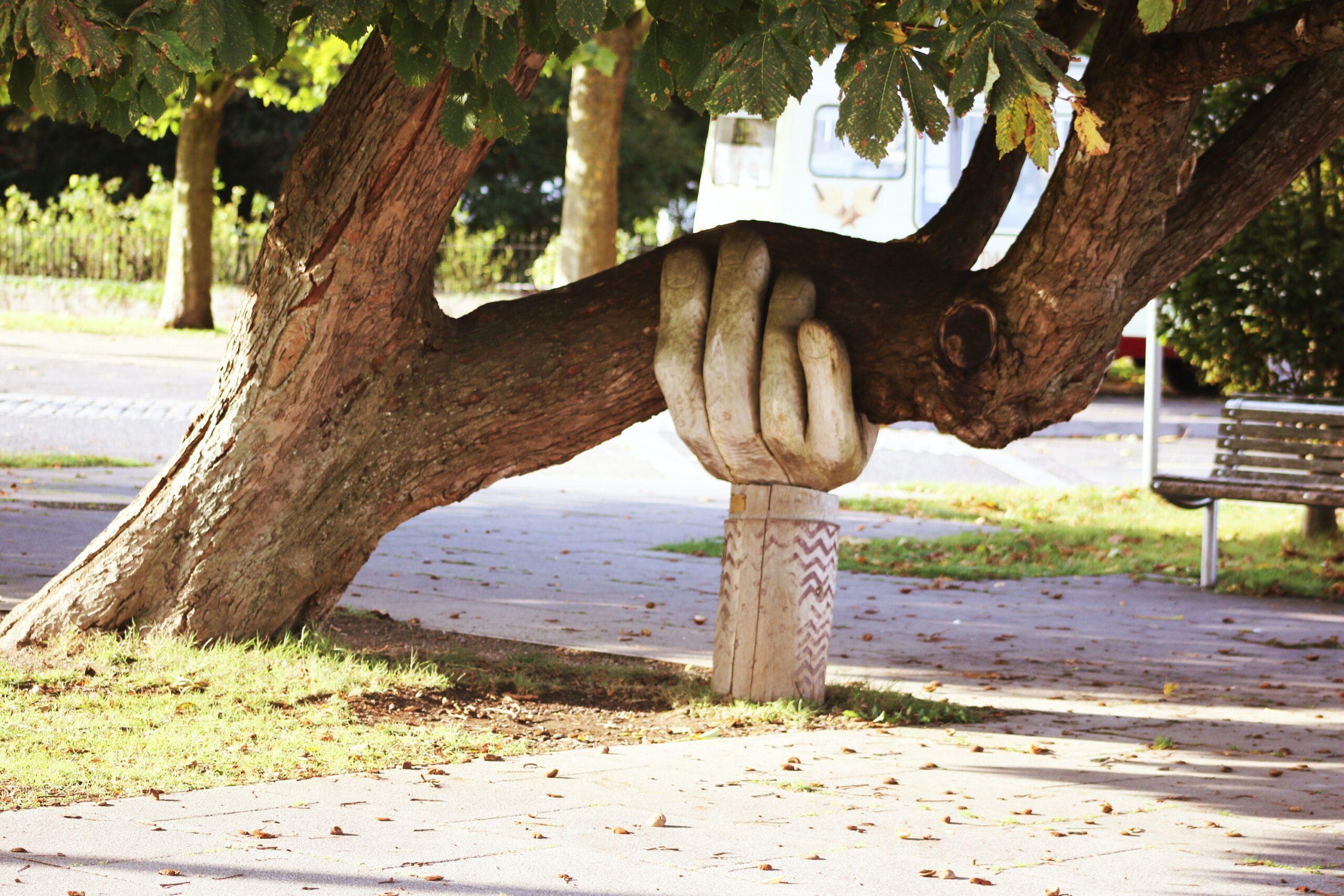Some of you were first introduced to scoliosis in the 1975 Judy Bloom book, Deenie, the story of a young girl with scoliosis dealing with self esteem issues and the difficult treatment of her scoliosis. She shows extraordinary courage when she decides not to hide her deformity, but rather to help others understand her condition.
Nearly one million new cases of scoliosis are diagnosed each year, with 93 percent of those cases being adolescent girls between the ages of 10 and 16.
Scoliosis is a lateral curvature of the spine which leads to deformed spinal bones and ribcage. In severe cases, the lungs and heart can be affected, and if the curvature progresses enough, spinal surgery may be the only option for treatment.
Early diagnosis is the key to avoiding open back surgery for your child. Advances in screening procedures may soon include blood testing and genetic mapping to identify those at higher risk of developing scoliosis. Most states have a school screening program, but high numbers of children and subtle postural changes make it difficult to diagnose. For this reason, we recommend if a child is at high risk, then the parents should learn what to look for.
For now, here are some things you can do to ensure your child receives appropriate early intervention, if it is necessary.
- Know your history.
- Consider having your physician X-ray your child if a curvature is suspected.
- Learn to recognize the signs of scoliosis.
- Know what your doctor should be looking for.
- Act early.
- Become familiar with the newest treatments.
- Adolescents who have completed growth are at less risk of progression.
- Do your homework.
Know your history.
Scoliosis runs in families. If you have family members with scoliosis or if you have scoliosis yourself, your child is at an increased risk of developing the disease. If this is the case, your child should be screened early and often. The nonprofit Scoliosis Care Foundation recommends that families with a history of scoliosis have their children evaluated by a specialist before they experience major growth spurts.
Consider having your physician X-ray your child if a curvature is suspected.
Although it is generally accepted that early detection is the key to reducing the severity of the scoliosis deformity, many will opt to “wait and see” in an attempt to spare a child exposure to X-ray. Clinical studies show, however, outward postural deformities are often mild even when a significant curvature is present. The only sure way to know what is happening with your child’s spine is to have a full spine X-ray taken in the standing position.
Learn to recognize the signs of scoliosis.
Many parents may not associate their child’s poor posture with an actual underlying deformity. Scoliosis can make your child look like they are “slouching” or standing crooked. Clothes may not hang evenly and the shoulders may appear unlevel. The most common signs include “winging of the shoulder blade” and a “rib hump” on one side of the back. Visit scoliosiscare.org to learn how scoliosis screenings are performed.
Know what your doctor should be looking for.
Pediatricians and orthopedists may not be aware that scoliosis can be triggered by neurological deficits. Children with “low tone” or children born prematurely may have complicating factors that put them at higher risk for scoliosis. Be an advocate for your premature infant; have your doctor document if your child has normal knee-jerk responses as absent reflexes are a sign of low tone. Other neurological signs can include complaints of dizziness, dyslexia and other learning disabilities.
Act early.
If your physician or school nurse believes your child may be at risk of developing scoliosis, act immediately. New procedures are available that have been shown to reverse the spinal curvature when caught early enough.
Become familiar with the newest treatments.
Older treatments include the milwaukee brace, a full torso brace which did not allow for much movement and had to be worn 23 hours a day. Today’s advancements include dynamic bracing systems, which allow for full movement and act as movement rehabilitation. Physiotherapy, yoga and whole body vibration are other treatments which have been shown to be effective measures in non-surgical management.
Adolescents who have completed growth are at less risk of progression.
Although teens who reach bone maturity are at lower risk of curvature progression, they can still benefit from rehabilitation procedures. New studies show older teens and adults with scoliosis suffer from pain syndromes related to their deformity, and can benefit greatly from adult management therapy.
Do your homework.
If your child is diagnosed with scoliosis, use the Internet to educate yourself on available treatments. Web sites like ScoliosisSystems.com and iscoliosis.com can be helpful in directing you to providers of non-surgical and available surgical procedures.




